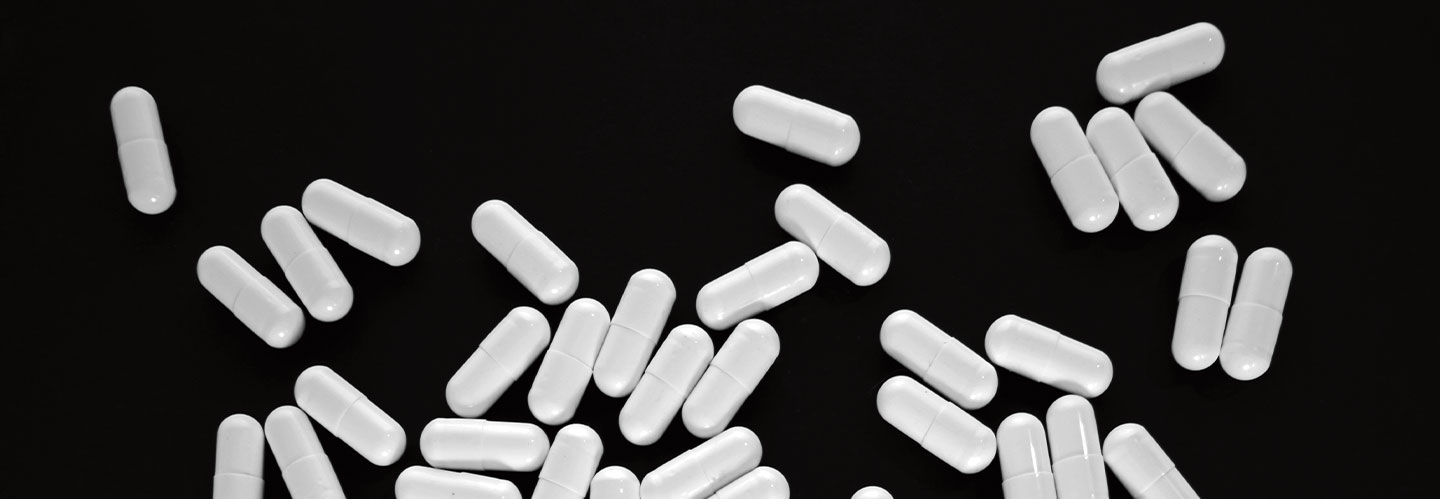Courtesy of Family
Luke Leitwein (left) and his brother, Travis
Luke Leitwein loved when his brother, Travis, visited. Travis was 17 years older, and he was Luke’s hero. He could do backflips on the trampoline. He’d play basketball with Luke in the yard. When Travis was leaving, he would wrap Luke in a big bear hug.
Luke, who is 12, sometimes wondered if something was wrong with his brother. Travis wouldn’t visit for months at a time. When he did come over, his mom would hide all the medicine in the house. Once, Travis asked Luke for $20. “I didn’t know why,” he says.
Then just before Christmas of 2017, Luke found out why. His mom came into his room at their house in Ohio. She told Luke that Travis had been struggling with drug addiction for nearly 10 years. That money he had asked for? It had been for drugs. “She showed me pictures of Travis holding me when I was a baby,” Luke remembers. “Then she said I wouldn’t see him until I went to heaven.”
On December 20, 2017, Travis had died of an overdose.
Luke Leitwein loved his brother, Travis. Travis was 17 years older. He would visit Luke and his mom. He was Luke’s hero. He could do backflips. He would play basketball with Luke. When Travis was leaving, he would give Luke a big hug.
Sometimes, Luke wondered if something was wrong with Travis. He wouldn’t visit for a few months. Then he would show up. His mom would hide all the medicine. This happened over and over. Once, Travis asked Luke for $20. “I didn’t know why,” says Luke, who is now 12.
Later, Luke found out why. It was just before Christmas of 2017. His mom told him that Travis had a drug addiction. That $20 he had asked for? It had been for drugs. “She showed me pictures of Travis holding me when I was a baby,” Luke remembers. “Then she said I wouldn’t see him until I went to heaven.”
Travis had died of an overdose. He died on December 20, 2017.
Luke Leitwein treasured the times when his brother, Travis, visited. Travis, who was 17 years older, was Luke’s hero. He could do backflips on the trampoline, and he’d play basketball with Luke in the yard. Before leaving, Travis would embrace Luke in a big bear hug.
Luke, who is 12, sometimes wondered if something was wrong with his brother. Travis wouldn’t visit for months at a time—and when he did come over, his mom would hide all the medicine in the house. Once, Travis asked Luke for $20. “I didn’t know why,” Luke recalls.
Then just before Christmas of 2017, Luke found out the reason. His mom came into his room at their house in Ohio. She told Luke that Travis had been struggling with drug addiction for nearly 10 years. That money he had asked for? It had been for drugs. “She showed me pictures of Travis holding me when I was a baby,” Luke remembers. “Then she said I wouldn’t see him until I went to heaven.”
On December 20, 2017, Travis had died of an overdose.

